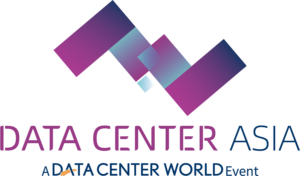As businesses increasingly require more agile and scalable solutions, the debate between micro data centers and traditional data centers becomes more relevant. While traditional data centers have been the cornerstone of IT infrastructure, micro data centers offer a more flexible, cost-effective alternative, particularly for edge computing and distributed networks. Understanding the key differences between these two models is crucial for selecting the right solution for your business needs.
Join us at Data Center Asia 2025 data center exhibition to explore these innovations and connect with experts driving the future of data center technologies!

Power and Efficiency
Power consumption and efficiency are critical considerations in data center operations. Micro data centers are designed with energy efficiency in mind, often utilizing advanced cooling and power management technologies. Their smaller footprint typically results in lower energy requirements. Traditional data centers, while capable of supporting large workloads, may struggle with energy efficiency due to their size and complexity. Innovations in power management and cooling technologies are frequently highlighted at data center exhibition events, demonstrating how organizations can improve energy performance.
Deployment and Management
Deployment and management processes differ significantly between micro and traditional data centers. Micro data centers can be deployed rapidly in various locations, making them ideal for businesses with specific needs, such as disaster recovery or edge computing. They often come pre-configured, simplifying installation and management. In contrast, traditional data centers involve complex planning, construction, and ongoing management, requiring significant investment and dedicated resources. Data center innovations focused on automation and remote management are increasingly relevant for traditional data centers, helping streamline operations.
Use Cases and Applications
The use cases for micro data centers and traditional data centers vary widely. Micro data centers are well-suited for applications requiring low latency, such as Internet of Things (IoT) devices, video streaming, and content delivery networks. They excel in environments where quick data processing is essential. Traditional data centers, on the other hand, are ideal for hosting enterprise applications, extensive databases, and large-scale cloud services. Attending data center exhibition events allows stakeholders to explore the diverse applications of both types of data centers.
Conclusion
The choice between micro data centers and traditional data centers depends on specific business needs such as scalability, cost, and location requirements. Micro data centers provide a more flexible, distributed solution ideal for edge computing, while traditional data centers are better suited for large-scale operations needing robust infrastructure. Understanding these differences helps businesses make informed decisions about their IT infrastructure strategies.
To dive deeper into these evolving solutions and connect with industry leaders, join us at Data Center Asia 2025—your gateway to exploring cutting-edge data center technologies!



